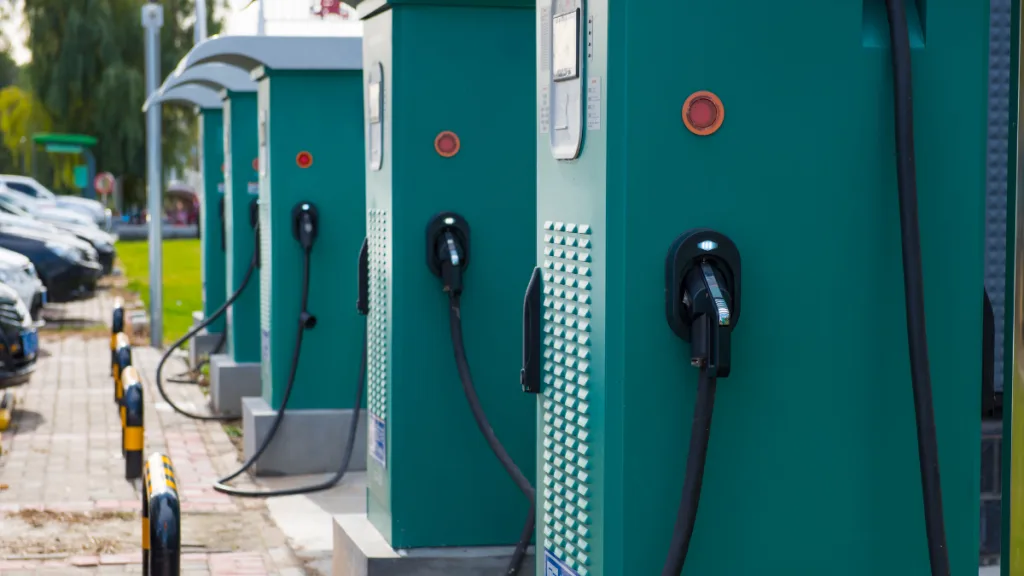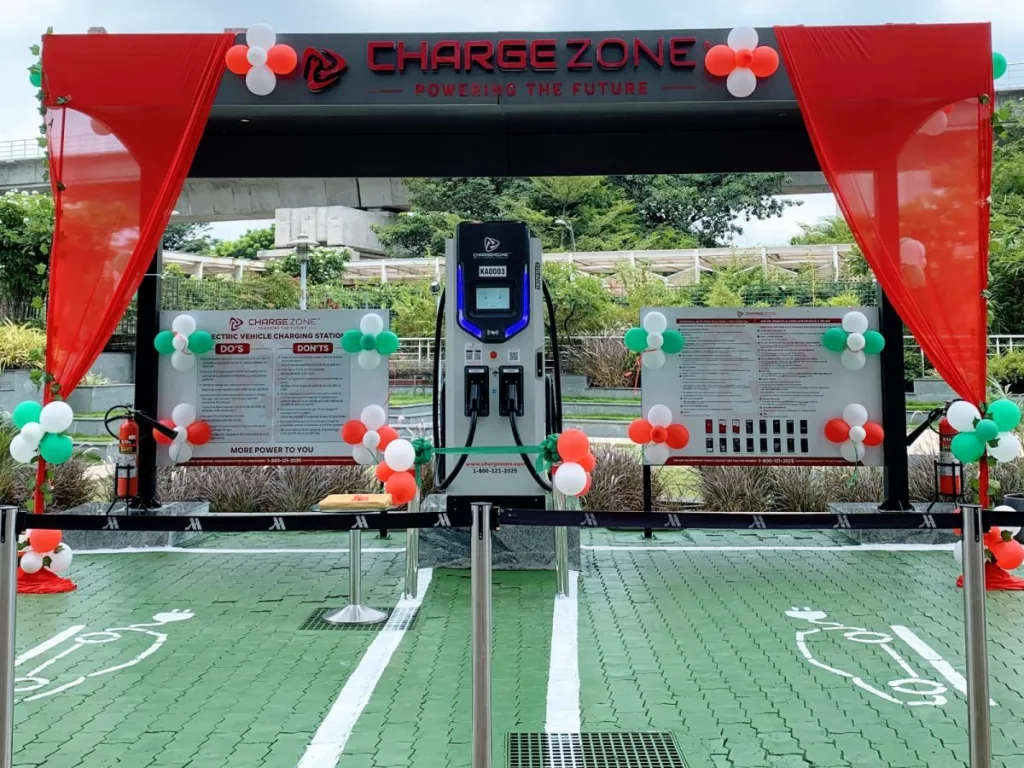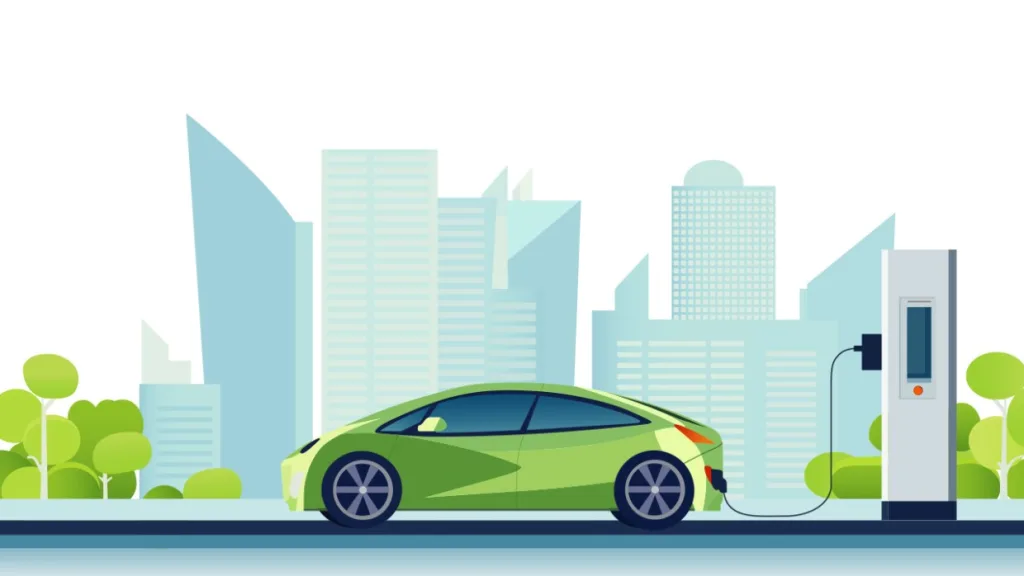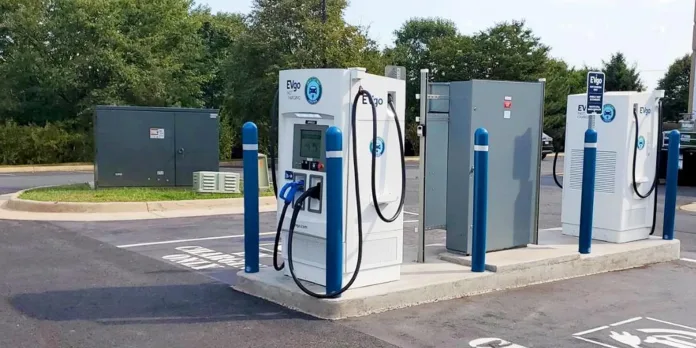Karnataka has emerged as a trailblazer in India’s electric vehicle (EV) revolution, setting a new benchmark for EV charging infrastructure across the country. With an impressive network of 5,880 public charging points, the state has positioned itself at the forefront of India’s transition to cleaner transportation. This blog post delves into Karnataka’s remarkable journey, exploring how it has outpaced other states and what this means for the future of electric mobility in India.
Table of Contents
Karnataka’s Electric Vehicle Charging Station Network Expands

Karnataka’s commitment to sustainable transportation is evident in its rapidly growing network of EV charging stations. The state’s focus on electric vehicle charging station deployment has significantly reduced range anxiety for EV owners, a crucial factor in encouraging wider adoption of electric vehicles.
Of the 5,880 public charging points in Karnataka, a staggering 4,626 are located in tier-1 cities, with Bengaluru leading the charge. This concentration in urban areas reflects the higher adoption rates of EVs in metropolitan regions. However, the state hasn’t neglected smaller cities and towns. There are 285 public charging stations in tier-2 cities and an impressive 969 stations in tier-3 towns, ensuring that EV infrastructure reaches beyond just the major urban centers.
To put these numbers in perspective, let’s compare Karnataka’s progress with other states:
| State | Number of EV Charging Stations |
|---|---|
| Karnataka | 5,880 |
| Maharashtra | 2,454 |
| Delhi | 1,951 |
This table clearly illustrates Karnataka’s significant lead in EV charging infrastructure. The state has more than double the number of charging stations compared to Maharashtra, the next closest competitor.
Exploring Karnataka’s Robust EV Charging Infrastructure
The success of Karnataka’s EV charging infrastructure can be attributed to several factors:
- Proactive Government Policies: The state government has been instrumental in creating a favorable environment for EV adoption. In 2017, Karnataka introduced its EV policy, which laid the groundwork for the current infrastructure boom.
- Strategic Partnerships: Collaboration between the government and private sector has accelerated the deployment of charging stations. Companies like Tata Power, BESCOM, and others have played crucial roles in expanding the network.
- Focus on Public Transportation: Karnataka’s plan to deploy 14,750 electric buses, with 9,000 allocated for Bangalore Metropolitan Transport Corporation (BMTC), demonstrates its commitment to electrifying public transport. This move not only reduces emissions but also increases visibility and acceptance of EVs among the public.
- Investment in the Clean Mobility Sector: The government is targeting a ₹50,000 crore investment in the clean mobility sector. This substantial financial commitment is expected to create numerous jobs and further boost the state’s EV ecosystem.

The impact of this robust infrastructure is already visible. Karnataka’s annual EV registration has seen a significant increase from approximately 11,000 vehicles in 2017 to much higher numbers today. This growth in EV adoption is a direct result of the increased availability and accessibility of charging stations across the state.
Future Outlook and Challenges
While Karnataka has made impressive strides, the journey towards a fully electrified transportation system is ongoing. The state faces several challenges:
- Grid Stability: As EV adoption increases, ensuring the power grid can handle the additional load from charging stations will be crucial.
- Standardization: With various types of EV chargers in use, standardization of charging infrastructure remains a challenge.
- Rural Expansion: While tier-2 and tier-3 towns have seen some development, further expansion into rural areas will be necessary for comprehensive coverage.
- Maintenance and Upkeep: Ensuring the long-term functionality and maintenance of the extensive charging network will be an ongoing challenge.
Despite these challenges, Karnataka’s leadership in EV charging infrastructure positions it well for the future. The state’s efforts align with India’s broader goals of reducing carbon emissions and dependence on fossil fuels.
Conclusion

Karnataka’s leadership in EV charging stations is not just a statistic; it’s a testament to the state’s vision for a cleaner, more sustainable future. As India moves towards its goal of reducing carbon emissions, Karnataka’s model of rapid infrastructure development and strategic planning serves as an inspiration for other states. The road ahead may have its challenges, but Karnataka has certainly charged ahead in India’s electric vehicle revolution.


